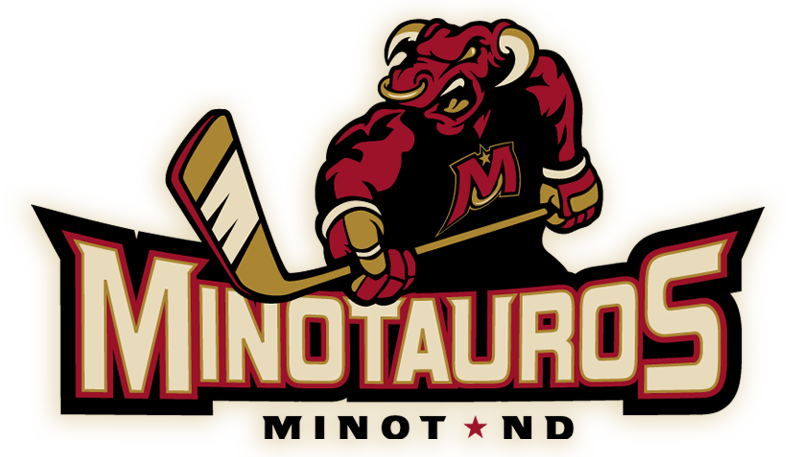|
Ryan Colasanti, www.minotauroshockey.com “I’m feeling like a shutout today.” Those are the six words Tauros’ goalie Lukas Swedin says before he steps onto the ice as the last line of defense between the puck and the net. The second year net minder is a master at making his predictions come to fruition. Swedin is tied for second in the league with six shutouts and is in third in the NAHL in wins with 25 this season. He is second in the league in save percentage despite logging the most minutes in goal and seeing the eighth most shot attempts amongst qualified goaltenders. The Tauros’ starting goalie from Sweden is having a remarkable season which has helped bolster the team to second place in the central division. “[I] feel like we have a good team this year too, reminds me a lot of the team from last year,” Swedin said. The goalie position is a difficult one to play and master because of the mental discipline and physical skills it requires. It’s also one of (if not the most) important positions on the ice. A goaltender needs to be able to read the action on the ice at fast speeds and quickly react to what they’re seeing. That takes plenty of practice and preparation. “You have to be really disciplined, that’s for sure,” said Tauros goalie Will Mizenko. “… You got a lot going on. You got to make … a lot of reads [and] be mentally strong.” Mizenko is in his first year as a Minotauros starting his career in the NAHL behind one of the league’s best in Swedin. Despite the limited playing time, Mizenko has made the most of his chances, playing in 13 games and allowing an average of two goals per contest. Mizenko said that one thing he’s learned by watching his veteran counterpart is to play with aggressiveness when the game calls for it, adding that it’s something he believes he still needs to work on. Adding that aggressiveness is a part of the mental fortitude it takes to play in net. Both players stressed the importance of having “hockey IQ” to play the position emphasizing the ability to understand game situations, offensive patterns, and defensive positioning all at once during the game. “The ability to read the game, like the hockey IQ, I think that’s the difference between the good and the really good goalies,” said Swedin. “Obviously it’s even more important for me who doesn’t have the size. So I need to be able to read releases, read passes, and stuff like that.” For Swedin, most of that preparation and mental training comes in live practices in addition to team meetings or planning sessions. The live practice allows Swedin to simulate in-game adjustments and read releases as well as decipher patterns all in a fast paced environment similar to the game. Mizenko has a unique angle for training. Mizenko supplements his practice time with a virtual reality program called Sense Arena. The program allows the user to simulate in-game scenarios to work on specific areas of their game with the same pace of an actual game, all from the comfort of home. “I love it,” said Mizenko. “It’s basically getting more reps, you know, if something you feel like you need [to] work on, helps you work on that. … It’s more just like for me like helping, you know, just reading the play, seeing it, and also work on your hands and releases.” Both methods have allowed the goalies to be successful on the ice this season. The Tauros are counting on that success to carry through the rest of the season and hopefully to the postseason where Swedin’s mindset remains. “I try to treat every game like a playoff game because I realized a couple of years ago that’s when I had the most fun,” Swedin said.
|

